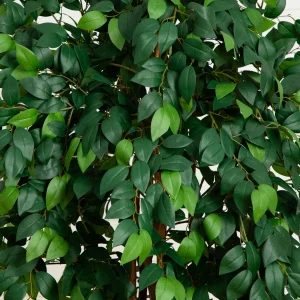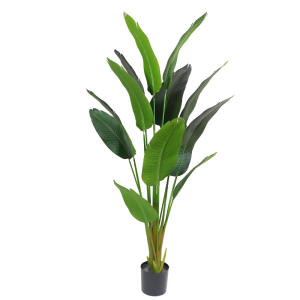In today’s rapidly evolving market, there exists a common misconception regarding artificial decorative trees suppliers. Many individuals believe that these suppliers merely provide aesthetically pleasing products without considering the complexities involved in their transportation and logistics. However, understanding the intricacies of how these items are transported is crucial for both suppliers and consumers alike.
The Essential Role of Transportation in Artificial Decorative Trees Suppliers

Artificial decorative trees suppliers play a pivotal role in enhancing interior and exterior spaces with their diverse range of products. The transportation attributes associated with these suppliers are multifaceted, encompassing aspects such as packaging efficiency, shipping methods, and delivery timelines. A thorough Cost-Benefit Analysis for Transportation Projects reveals that optimizing transport routes can significantly reduce costs while ensuring timely delivery to retailers or end-users. This analysis not only highlights potential savings but also emphasizes the importance of reliable supply chain management within this niche industry.
Find more about walmart artificial ficus trees.
Diving Deeper into Walmart’s Artificial Ficus Trees and Their Transportation Costs
Walmart’s artificial ficus trees serve as an exemplary case study when examining Cost-Benefit Analysis for Transportation Projects within the realm of artificial decorative trees suppliers. These particular products require careful consideration during transit due to their size and fragility. By employing advanced logistical strategies—such as bulk shipping options and optimized warehousing locations—Walmart effectively minimizes transportation expenses while maintaining product integrity upon arrival at retail outlets. This strategic approach underscores how large-scale retailers can leverage cost-benefit analyses to enhance operational efficiencies related to product distribution.
A Closer Look at TrustFloral’s Approach to Cost-Benefit Analysis in Transport
TrustFloral exemplifies another noteworthy player in the field by implementing robust methodologies concerning Cost-Benefit Analysis for Transportation Projects. Their focus on sustainable practices not only addresses environmental concerns but also enhances economic viability through reduced fuel consumption during transport operations. TrustFloral’s commitment to utilizing eco-friendly materials further contributes positively towards minimizing overall logistics costs while appealing to environmentally conscious consumers—a dual benefit that strengthens their market position.
Conclusion
In summary, exploring the transportation attributes associated with artificial decorative trees suppliers unveils significant insights into their operational frameworks, particularly regarding Cost-Benefit Analysis for Transportation Projects. As demonstrated through examples like Walmart’s artificial ficus trees and TrustFloral’s innovative approaches, effective transportation strategies are paramount in achieving cost-efficiency while meeting consumer demands promptly. Understanding these dynamics will undoubtedly empower stakeholders across this sector to make informed decisions that drive growth and sustainability moving forward.


